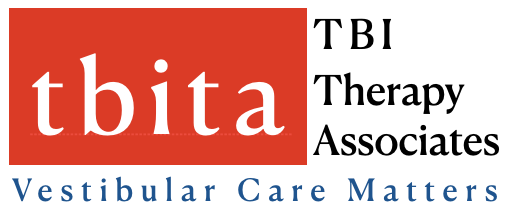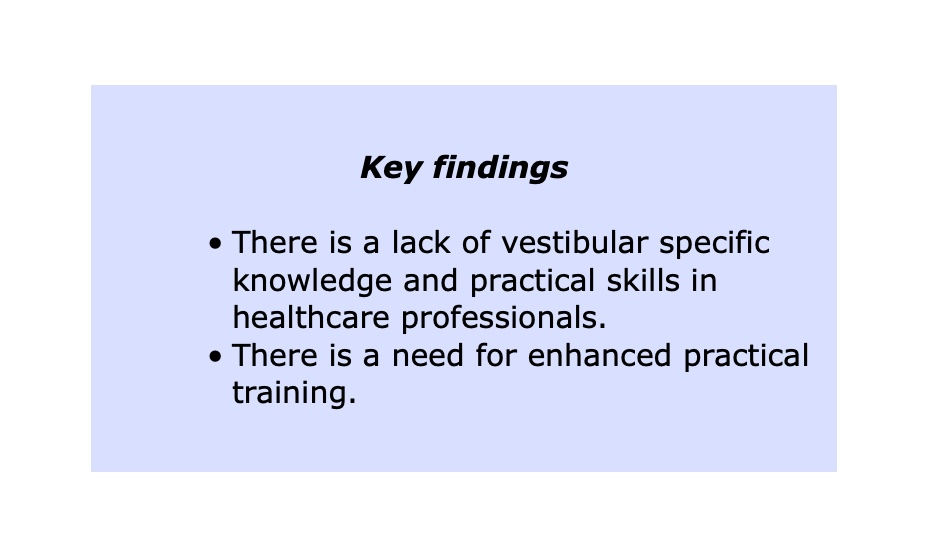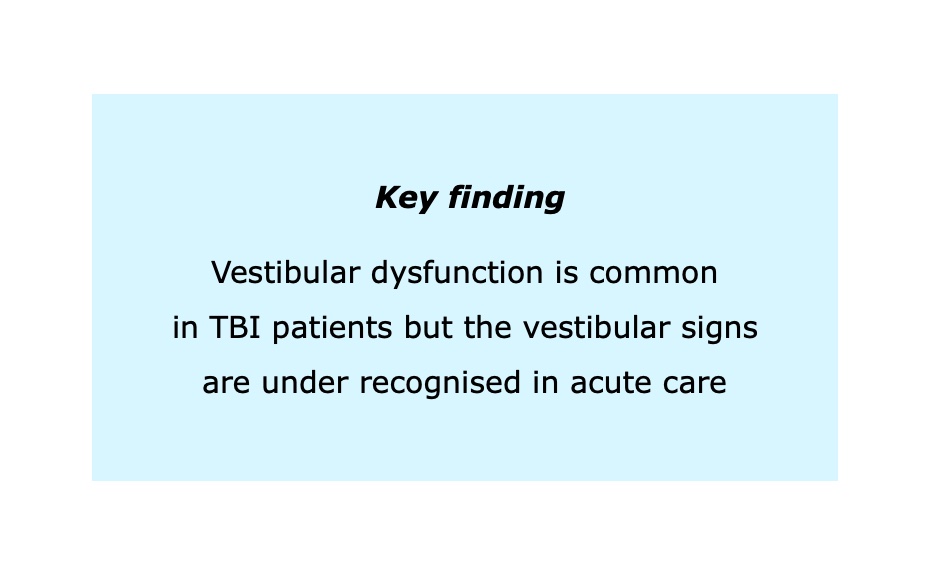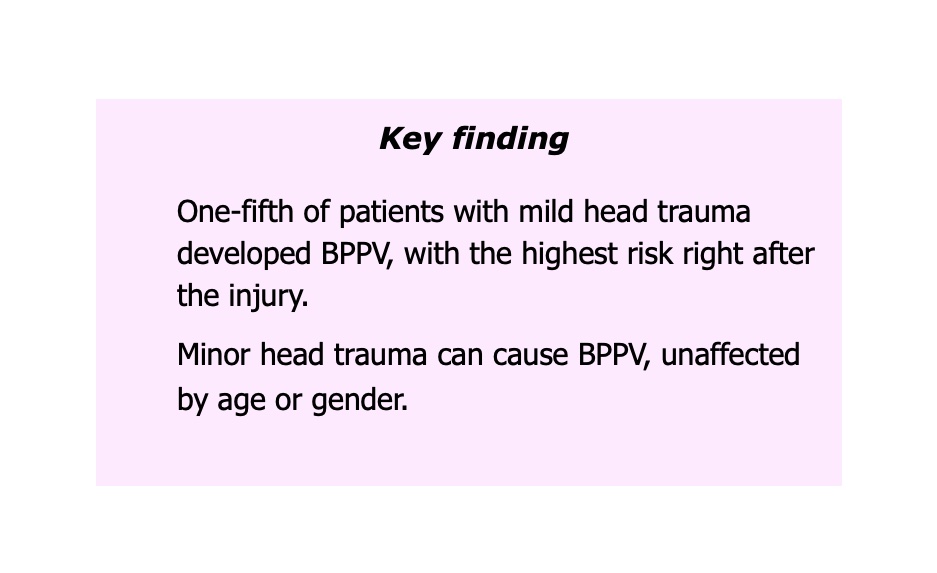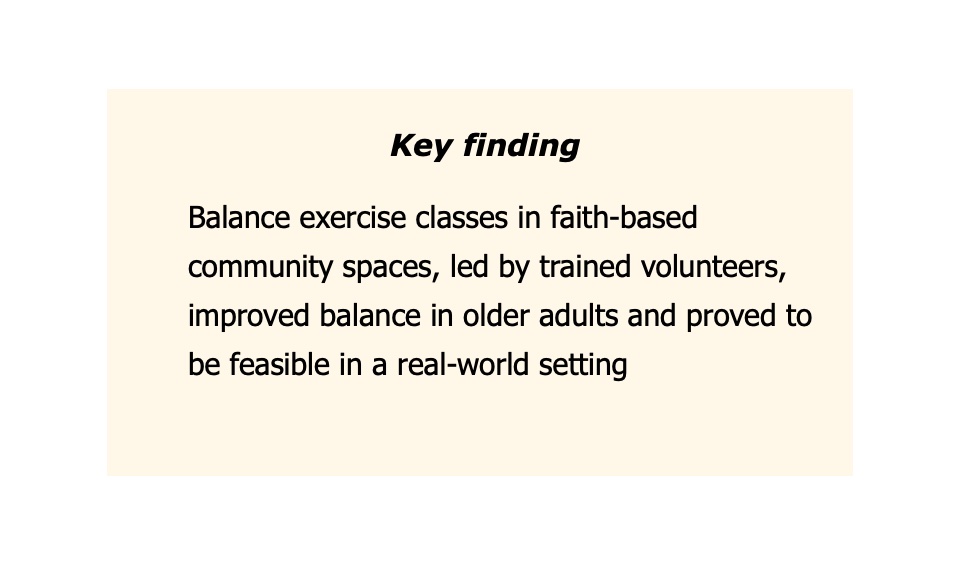Title: Why are patients with acute traumatic
brain injury not routinely assessed or
treated for vestibular dysfunction in the
UK? A qualitative study
Authors: Rebecca M Smith, Caroline Burgess, Vassilios Tahtis, Jonathan Marsden, Barry M Seemungal
Source: BMJ Open
2023;13:e067967.
In a recent study, Smith and colleagues in 2023, interviewed
28 healthcare professionals (including occupational therapists, physiotherapists,
and surgical and trauma doctors) at two major UK trauma wards to identify barriers and facilitators that influenced their management of patients with vestibular dysfunction. The study found uncertainty around who was responsible for managing vestibular dysfunction, and variability in current methods of management.
Vestibular dysfunction is common in patients following acute traumatic brain injury (aTBI) with damaging consequences such as dizziness. Yet, in this study, doctors'
perception of dizziness was that it was short lived, and generally gave
it less importance than therapists. Notably,
there was a perception among doctors that dizziness was a vague symptom
without a specific treatment, or even that it was unfixable.
All
respondents had some relevant knowledge around vestibular dysfunction,
but a widespread lack of practical skills was noted.This implied that patients are not routinely assessed and treated for it. Doctors cited limited training, similar to physiotherapists
and occupational therapists who viewed their training around vestibular
dysfunction as insufficient. They felt that its management did not fall
within the scope of their role. Specifically, occupational therapists
in this study expressed a concern that treatment of vestibular dysfunction would cross
professional boundaries.
Secondary barriers
for effective management of vestibular dysfunction following aTBI included time (especially in emergency settings), feasibility of diagnosis and treatment, motivation and
confidence. Trauma
therapists cited a lack of relevant role models as an issue, as well as
a difficulty with diagnosis and treatment due to the patients' state
such as their physical pain and cognition.
Despite the challenges mentioned by healthcare professionals in this study for the effective management of dizziness following aTBI, therapists acknowledged the serious implications of dizziness and prioritised the problem. Therapists
showed the most desire to change in order to successfully treat
vestibular dysfunction. Doctors also noted that therapists would be best
placed for this responsibility. Suggested wider facilitators to
improvement included changes to guidelines and better availability of
information for practitioners and patients. Several role related
facilitators were mentioned, including enhanced theoretical and
practical training.
Key findings
- Lack of vestibular specific knowledge and practical skills in healthcare professionals.
- Need for enhanced practical training for the clinicians.
